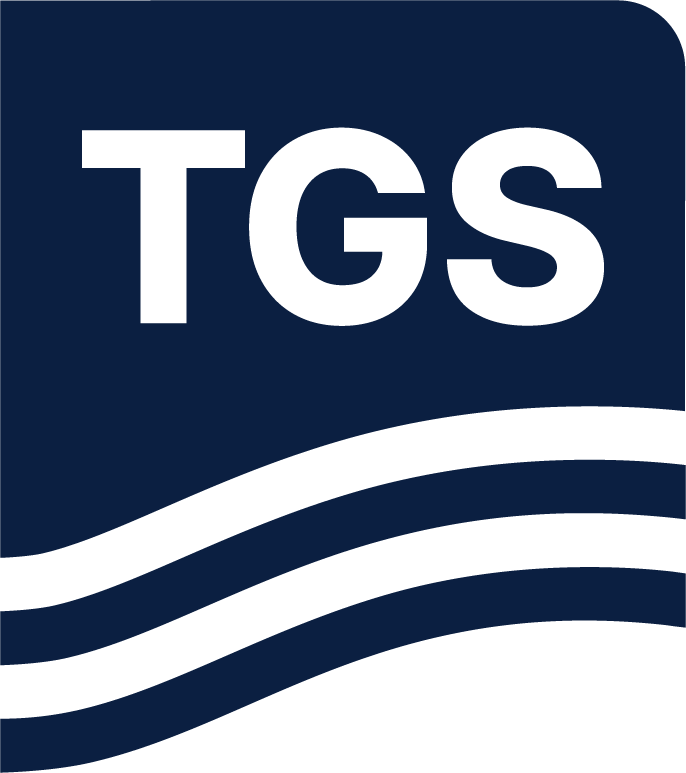First Published: GEO ExPro, July 2024 by Milos Cvetkovic and Francisco Colina, TGS
Abstract
The 17th Bidding Round for oil and gas exploration blocks in Brazil, held in 2021, included several offshore blocks located in the southern part of the prolific Santos Basin. Fourteen blocks were awarded during that round, sparking exploration momentum in Southern Santos. In a joint venture, TGS and PGS collaborated to develop a large-scale 3D Muli-Client (MC) program, called Santos Sul. The project aimed at acquiring high-quality data of the Southern Santos Basin (Figure 2) incorporating all awarded blocks. This program combines the knowledge and experience from TGS's extensive 2D library with PGS's industry-leading acquisition offerings. The seismic data processing was conducted in multiple East-West racetracks to provide industry access to interpretable depth products in record time. Both processing and depth-model building include a high-end Fast Track workflow, enabling early interpretation, quality assurance and better decision-making.
Leveraging integrated workflows and fast track data for prospect evaluation during acquisition
The Santos Sul 3D MC program is situated near to a cluster of postsalt fields, such as Tubarao, Bauna, and Bauna Sul. Industry has expanded its exploration efforts in this region, now including Cretaceous to Oligocene clastic turbidites, departing from the Pre-Salt plays, which has been the dominant focus offshore for the past two decades.

Figure: Identifying and mapping all parts of petroleum system while acquisition is still ongoing! Fast Track TTI KPSDM stack overlay with RMS amplitude attribute, highlighting potential source and reservoir rocks along with interpreted faults, possible migration pathways.
Moreover, there has been a recent industry focus on exploration in the Santos and Pelotas Basins, which has intensified over the last couple of years due to several significant discoveries offshore Namibia. Both Brazilian offshore basins are still considered frontier areas, covered by 2D seismic data with only a few wells drilled in shallow waters. Therefore, acquiring higher-quality 3D data is essential to fully understand and de-risk the petroleum systems in these areas.
Read the full article here.

